The Cocktail Napkin Chronicles: From Prohibition Era to Brand Nostalgia
Cocktail napkins may seem like insignificant accessories in the grand scheme, but their history and importance tell a different story. These small squares of paper have witnessed the evolution of ideas, suggestions 😉, and importantly branding.

The Early Napkin Days
The roots of cocktail napkins trace back to the Prohibition era in the 1920s when clandestine bars and speakeasies thrived despite the ban on alcohol. During this time, bartenders and patrons alike began scribbling drink recipes, sketches, and notes on whatever paper was at hand—often, small napkins provided by the establishment. These impromptu scribbles laid the foundation for the cocktail culture we cherish today.
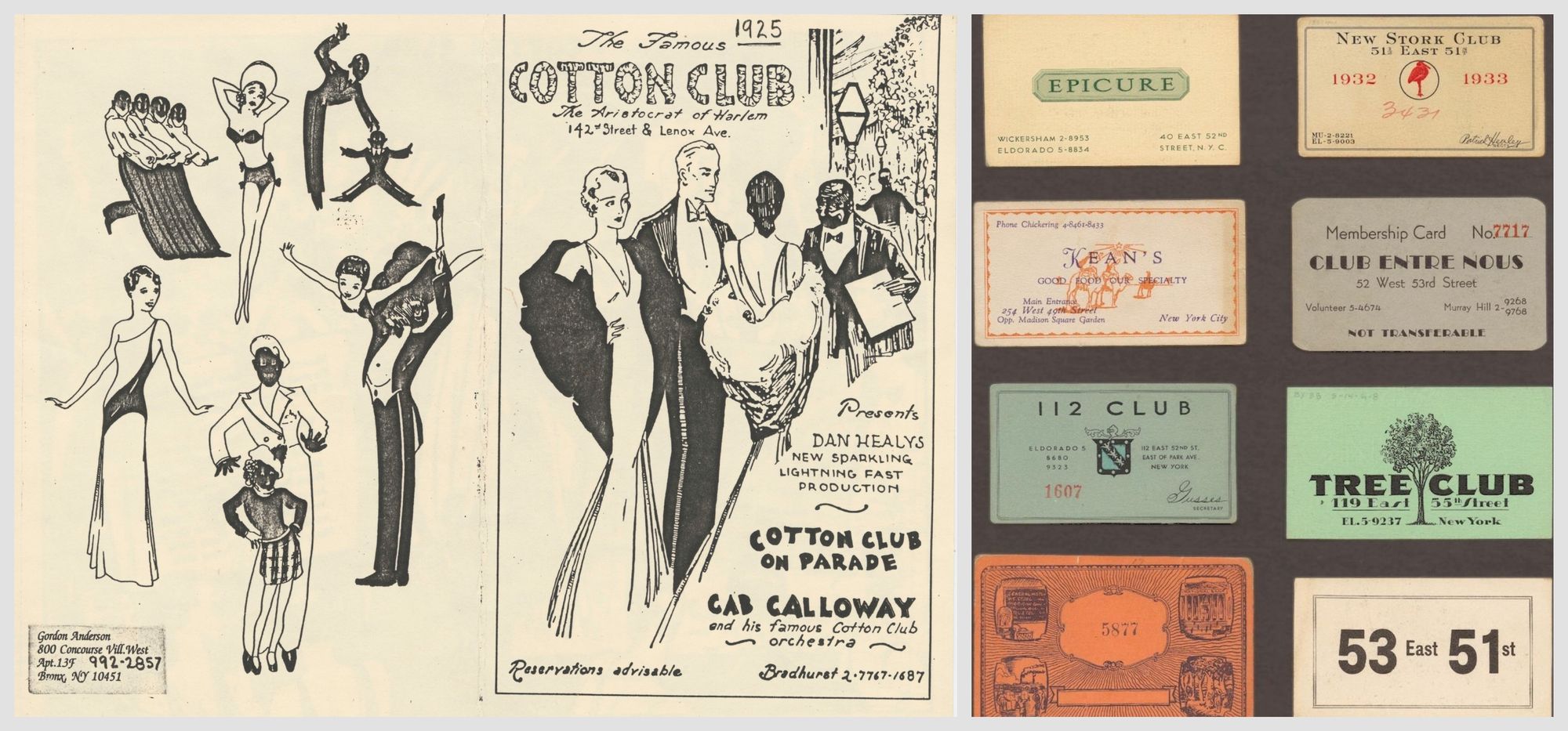
The Creative Power of Napkin Notes
There's something magical about jotting down ideas on a small piece of paper, especially a cocktail napkin. It's intimate, immediate, and transient—a canvas for fleeting thoughts, brilliant inspirations to screenplays and securing contracts and deals. Many recipes and cocktails, like the Margarita, were born from scribbles on napkins, proving that great ideas can emerge from the most unexpected places.
Famously, Lionel Messi's first contract was penned on a humble paper napkin. The napkin that secured the deal between Lionel Messi and FC Barcelona was later auctioned for $966,400, by Bonhams in Lonon.
“Yes, it’s a paper napkin, but it’s the famous napkin that was at the inception of Lionel Messi’s career,” Ian Ehling, the head of fine books and manuscripts at Bonhams New York, said in a statement.
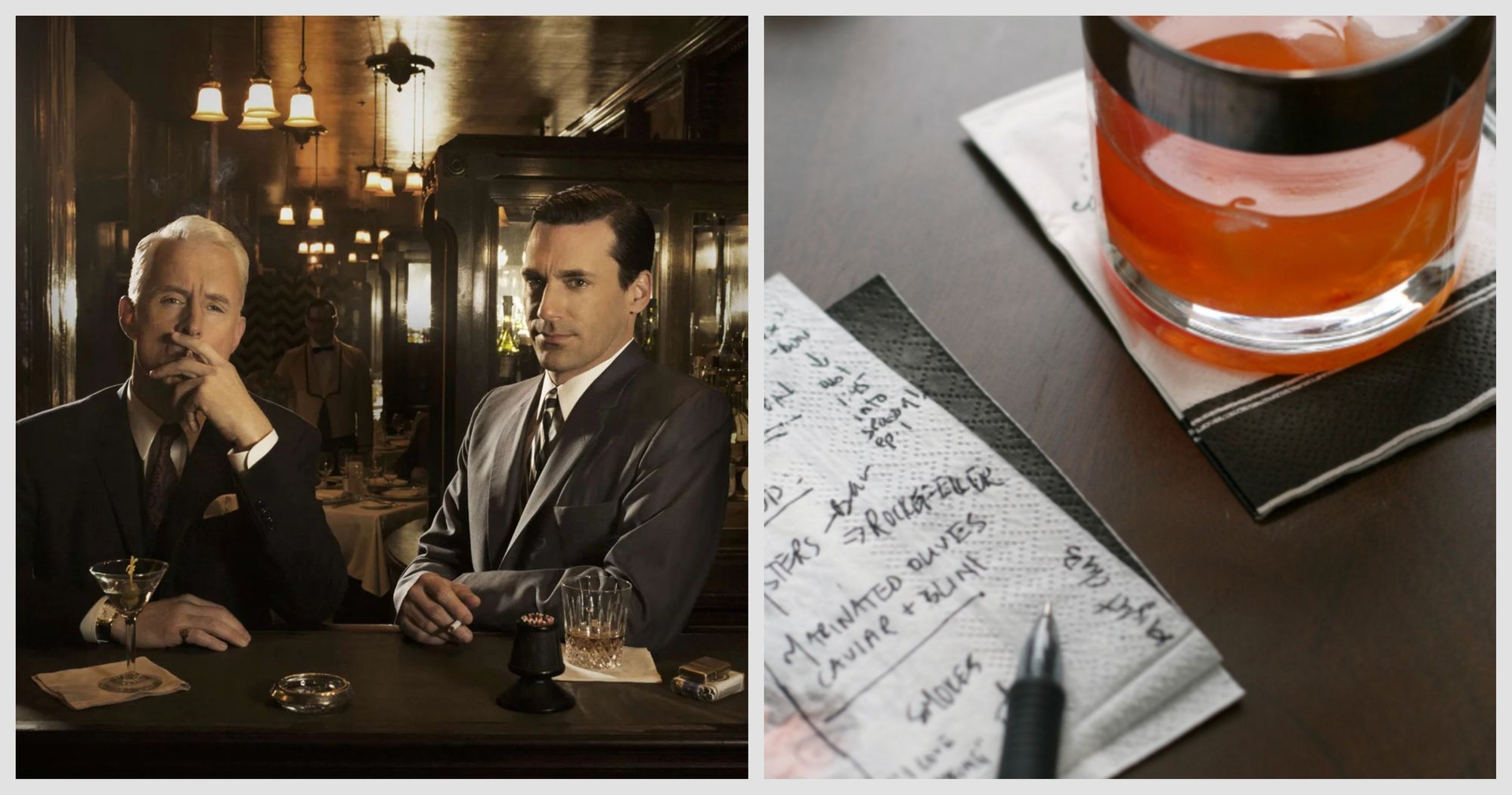
The Rise of Branded Napkins
Fast forward to the digital age, where screens dominate our lives. Despite this shift, branded napkins remain a nostalgic and vital part of a brand's identity. They evoke a sense of tradition, authenticity, and attention to detail that digital advertisements often struggle to achieve. When a customer sees a branded napkin, it's not just a napkin; it's a symbol of the brand's commitment to quality and memorable experiences. It's classy.
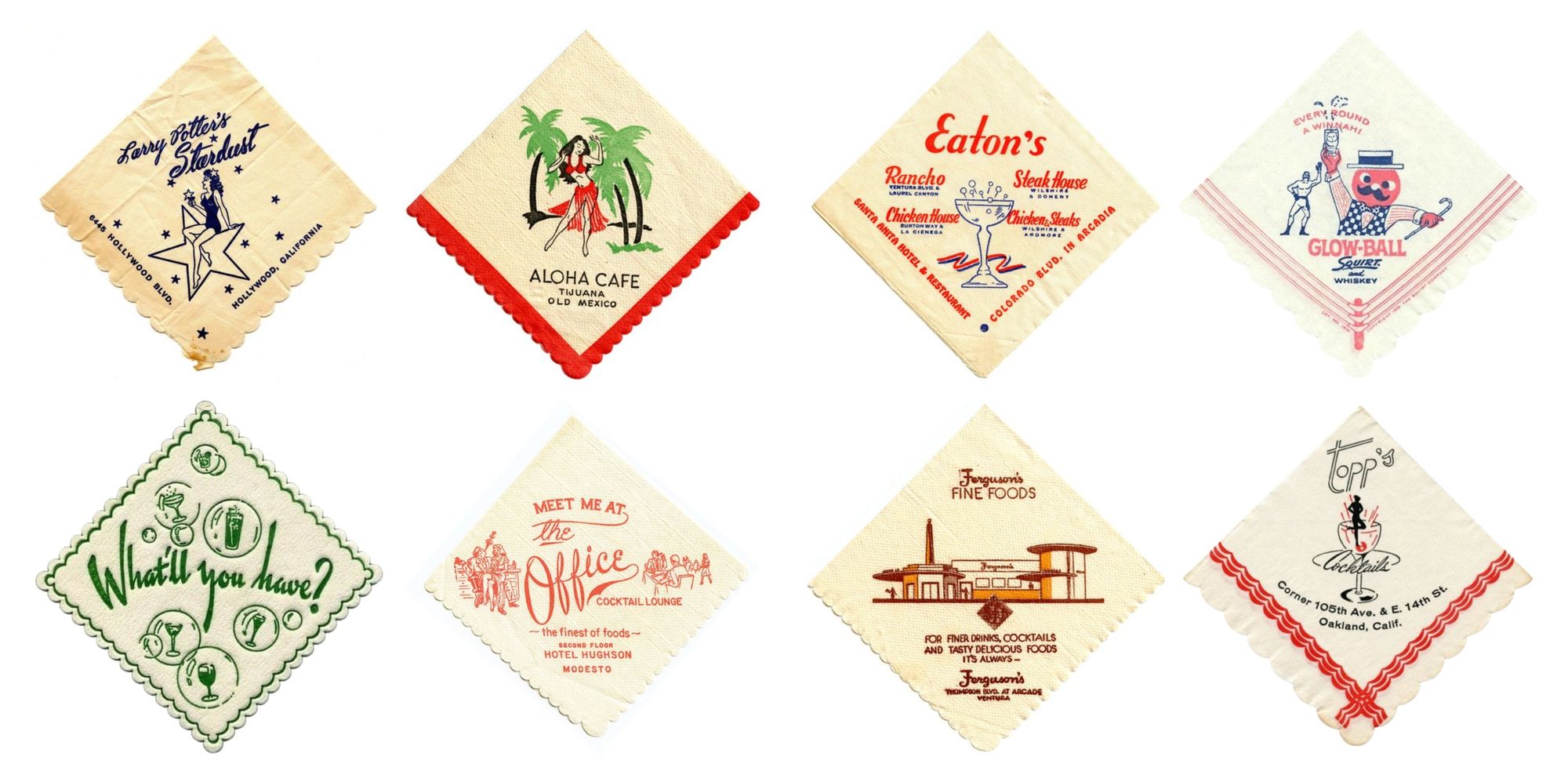
A Timeline of Napkin Evolution
- 1920s: Prohibition sparks the use of napkins as impromptu note-taking tools in speakeasies.
- 1950s-60s: Cocktail napkins become popular collectibles, featuring quirky designs and witty slogans.
- 1980s-90s: Branded napkins emerge as a marketing tool, promoting bars, restaurants, and beverage companies.
- 2000s-present: Napkins come full circle to reflect modern branding strategies and a level of sophistication that can't be digitized.
Bringing Ideas to Life, One Napkin at a Time
The act of writing ideas down on a napkin transcends mere note-taking; it's a ritual that breathes life into concepts and dreams. Whether it's a new cocktail recipe, a business pitch, or a doodle that turns into a masterpiece, the humble cocktail napkin is a catalyst for creativity and innovation.
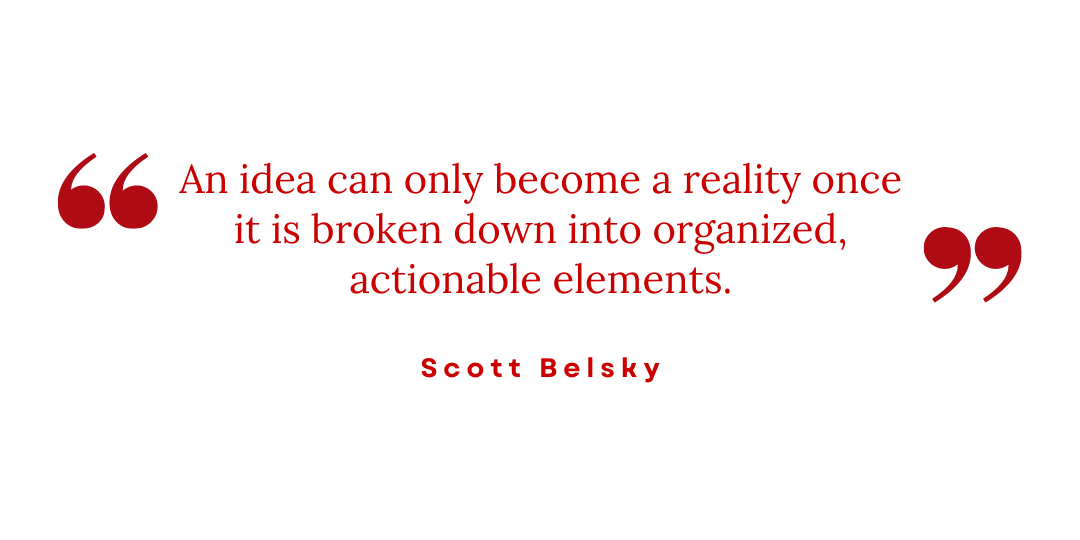
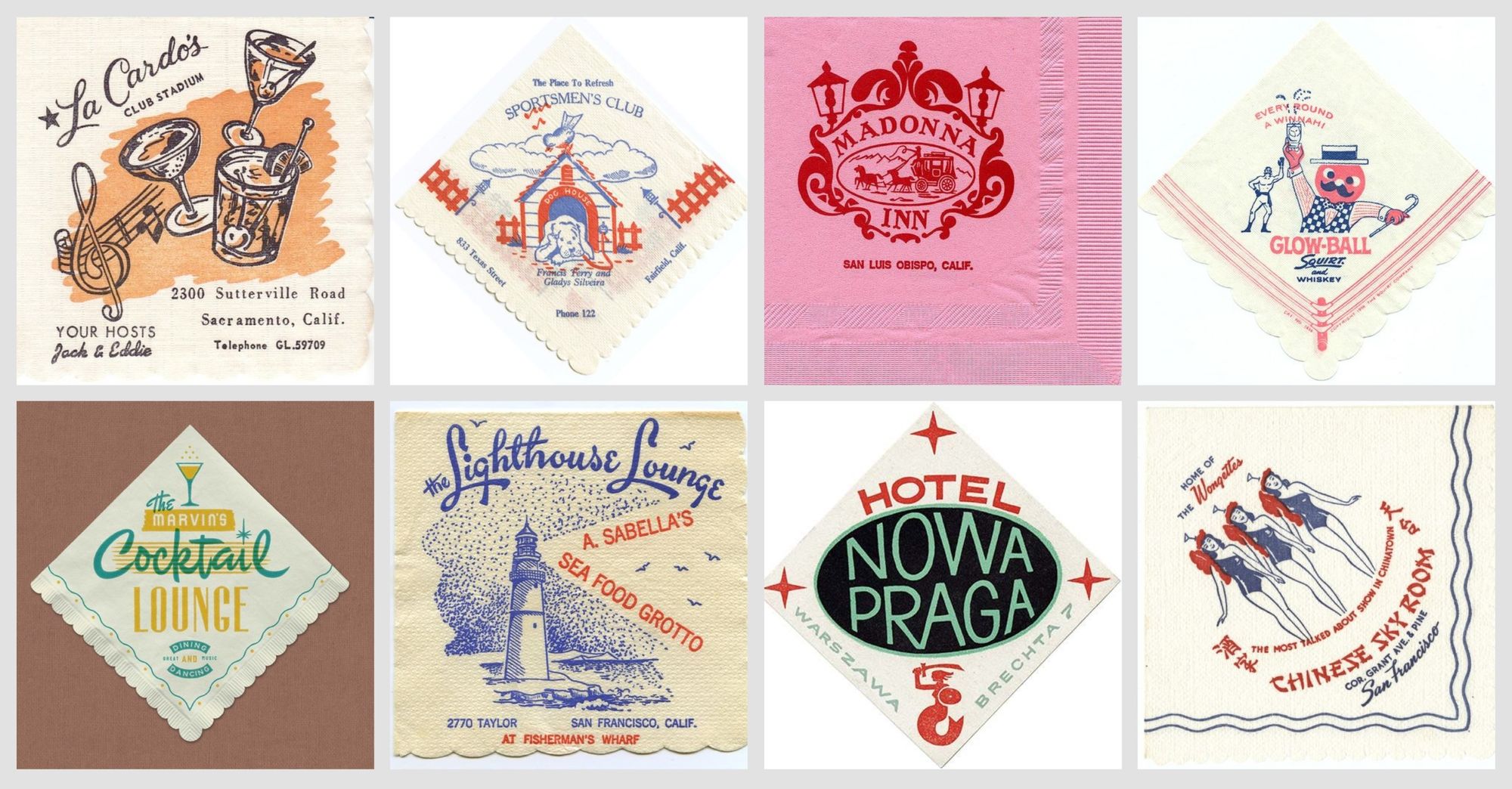
The Digital Age vs. Napkin Nostalgia
In today's digital world, where screens dominate our attention, branded napkins offer a refreshing tactile experience. They connect customers to a brand's story, values, and heritage in a way that digital ads struggle to replicate. A well-designed napkin becomes a collectible, a conversation starter, and a cherished memento of a memorable dining or drinking experience. They offer an intimate platform for a brand to communicate its values to customers.
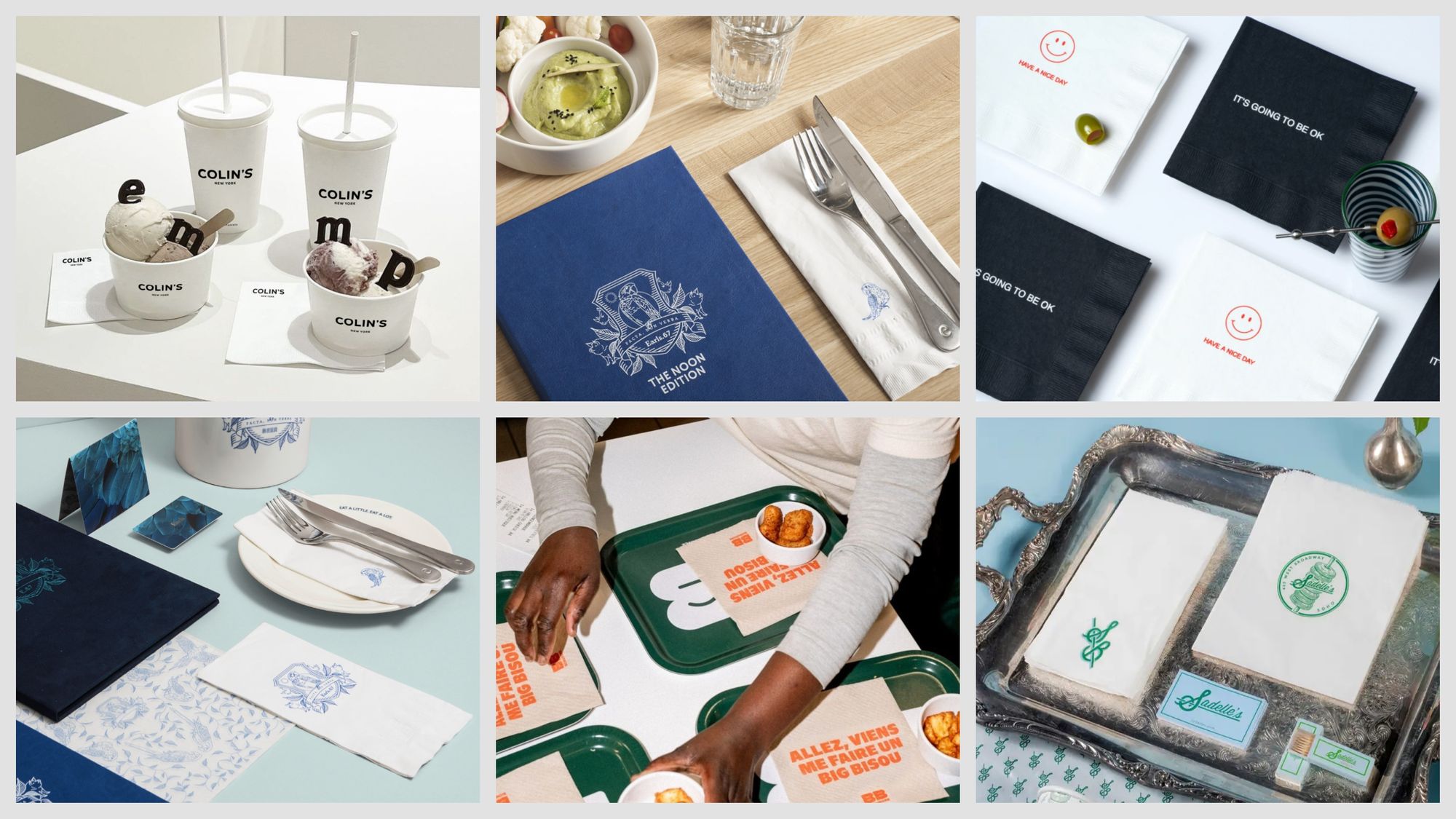
Conclusion
Cocktail napkins may seem like tiny pieces of paper, but their history, evolution, and importance in branding and creativity are immense. From speakeasy notes to modern marketing tools, these napkins have stood the test of time, reminding us of the power of a simple idea scribbled on a small square—a reminder that greatness can start with a napkin and a dream.
